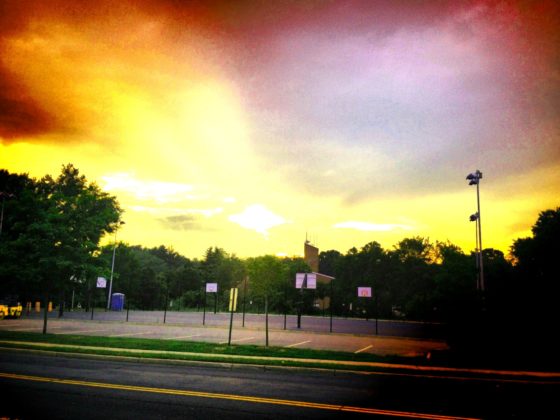
In an op-ed piece in the New York Times, David Brooks wrote about Pope Francis’ New Year’s Eve commentary that the people who have the most influence on society are “normal folks,” and their everyday gestures of kindness make them “artisans of the common good”.
The pope used driving, of all things, as an example, praising people “who move in traffic with good sense and prudence.”
Brooks goes on to list several ways we impact our community by our driving choices. Do we speed up so others cannot merge into our lane, or do we give a friendly wave and let others in? Do we cut into highway exit lanes at the last moment, or do we wait in line?
As long as I can recall, I have tended to be kind, giving a friendly wave and allowing others to merge into my lane. But, when it came to highway exit lanes, I wasn’t so kind. Many years ago, when my brother-in-law and I had similar commutes from New Jersey to Manhattan, he commented about “those jerks who cut into the merge lane where the George Washington Bridge exit ramp leads to the Hudson River Drive”. I stayed quiet, thinking about the many times I had been one of those “jerks”.
Even though no one knew I had been doing that, I felt shame and, from that day on, I stopped cutting and joined the back of the line.
Then, I had to train myself to not get annoyed by those who did cut the line. That wasn’t as hard as it would have been had I not learned about the power of negative thinking.
From that piece, here’s a point I made, not far from that made by the pope:
I grew up in the New York City area, and while people in many areas claim to live in the most stressful places to drive, many would agree New York is pretty high on the list. I won’t say it’s the worst, though. After all, it was in Los Angeles that the term “road rage” was coined after a rash of shootings occurred on the LA freeways in the late 80s.
Around that time, Marcie urged me to change my own driving behavior. I wasn’t a particularly aggressive driver, but I was susceptible to some of the “road rage” behaviors—rude gestures, verbal insults, deliberately driving in an unsafe or threatening manner.
What does this have to do with “The Power of Negative Thinking”?
Let’s say you see someone driving in an unsafe, aggressive manner on the freeway. Whether or not they cut you off or do something else dangerous to you, what might your reaction be? If it’s anger, that’s normal. Anger is an emotion we all experience.
The key question is, what do you do next? If you exhibit road rage, my recommendation is the same one Marcie gave to me. Cut it out. Stop doing that. No good can come of it.
And as the dangerous driver speeds away, can you let your angry thoughts speed away with him? Or do you keep thinking about him?
If you keep thinking about him, how long do you do that? Five minutes? A half hour? An hour? Do you go to work and tell your co-workers about the “jerk” who cut you off on the freeway? Do you go home and tell your family?
Or, do you let it go?
If you keep thinking about the incident long after it happened, you’re experiencing the power of negative thinking.
Think about it. Your thoughts about the driver are fueling how you feel. If you are at all like I was, take my word for it. It’s much better to just let it go.
Life is better when you let go of negative thoughts in every area of your life. Pick one area of your life where you have negative thoughts—whether it’s driving or anything else—and focus on “letting it go.”
If it’s driving, when you go to work, tell people about the poor driver who cut you off and how great you feel because you let it go; because you didn’t gesture at them; because you didn’t yell at them; because you didn’t chase them down. And you didn’t keep thinking about them after they sped away. You just let it go, and it felt good to do so.
Do it for yourself, do it for your family, do it to help make the world a better place.
What are the ways you act as an artisan for the good? Please join the conversation with your comments…
Kind regards,
David
